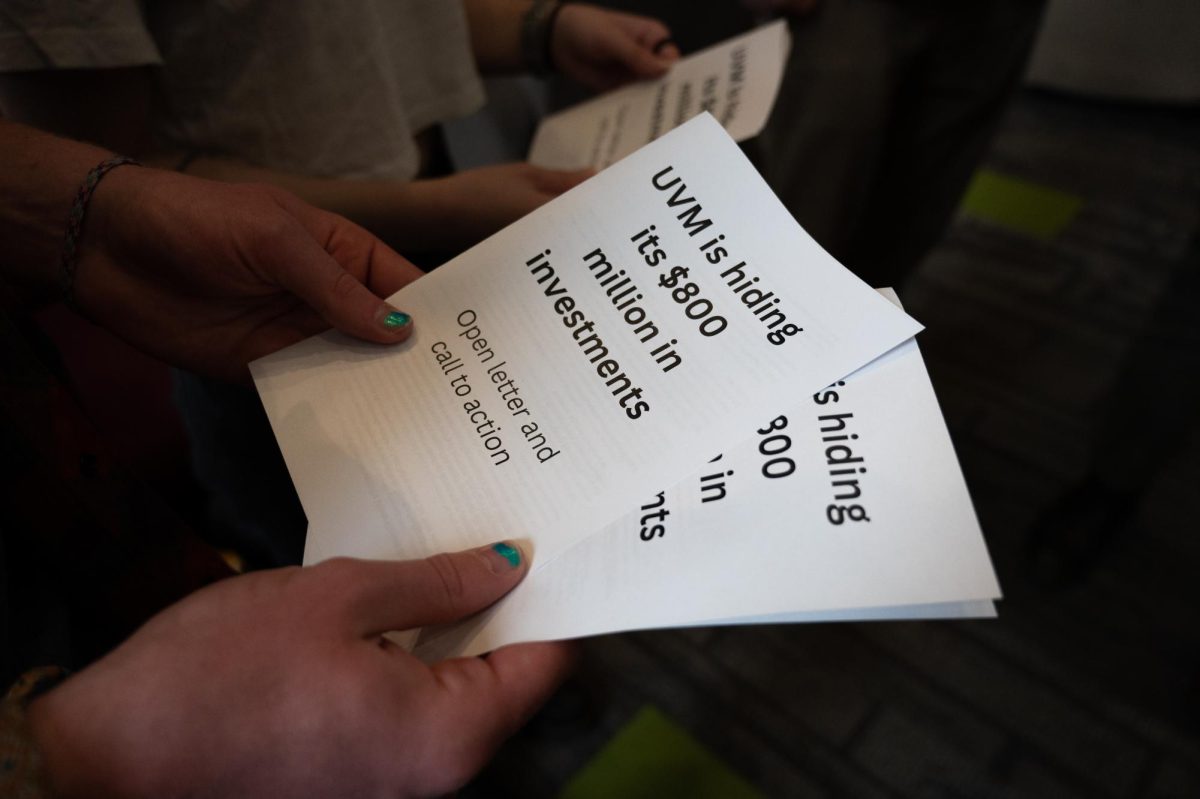On a white water rafting trip in Colorado as a Bureau of Land Management ranger, we adhered strictly to the rules of clean white water rafting; “dilution is the solution.” This dictated that pee went into the water directly from the source, and actually dissipated through the power of osmosis. There was no rhyming catchphrase for ‘poop in a bucket’, but that one is hard to forget. I was struck by the efficiency of this operation, if not a little discomfited by the unfortunate delay a pit stop could cause, strapping and re-strapping the bucket from the raft took 20 minutes. Yet we were able to cope surprisingly well without plumbing. Now imagine four million gallons of raw sewage gushing into the Winooski River. This hits on a whole different scale. It should boggle the mind. In the past year, eight communities in Vermont reported nearly two-dozen sewer spills that reached rivers, lakes and wetlands. Now, don’t get me wrong, I love a civilized bathroom, but perhaps dilution, the use of drains, should be reconsidered. Vermont’s wastewater system belies the progressive, ecological reputation of the state :archaic, incomplete and hopelessly under funded, the support for wastewater management just isn’t enough. The rural neighborhoods of Vermont are especially problematic; unable to hook into larger municipal utilities, residents in East St. Johnsbury were asked for $45,000 per household to fund the four-mile link between their sewers to a main treatment plant in St. Johnsbury. Today, the Burlington Free Press released an article that addresses the impact of our inextricable involvement in the production and management of wastewater: Storm water runoff in South Burlington could cost an estimated $18 million to clean up. Again, the cost is prohibitive, and urban residents are beginning to face the costs of clean living. On August 19th and 20th, 130,000 gallons of untreated sewage flowed into the Black River in Ludlow, Vermont. In 2004, 155 streams, lakes, ponds and rivers were listed as impaired surface waters impaired in areas like fish consumption, contact recreation (swimming), and aquatic life support. Sewage, agricultural runoff, fertilizing lawns and flowerbeds, and all the chemical cleaners we use on toilets, showers, bathroom floors and cars mix into the watershed, diluted and gargantuan. The nature of our urban landscape exacerbates the damage done by rain and melt-water: pavement velocity of storm runoff can uproot dangerous levels of phosphorus from streambeds, washed into the lake to kill fish and bloom algae. Regulating chemical use: herbicides, pesticides, disinfectants and commercial strength cleaners, seems to be a huge and necessary step, the manufacture and use of such products has long been recognized as debilitating to all levels of life. To remove 4 to 6 gallons of potable water per flush is a cost we have all been willing to ignore, but it cannot go on. Washing away our troubles has to be recognized as impossible: it is inviting a massed resurgence of those problems we sent down the tubes.












